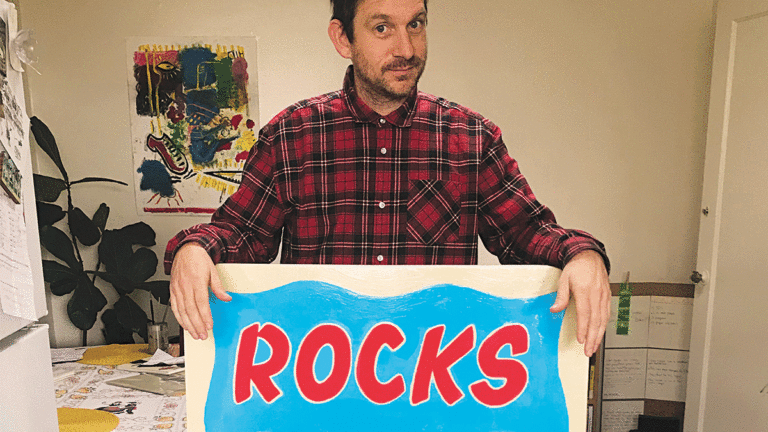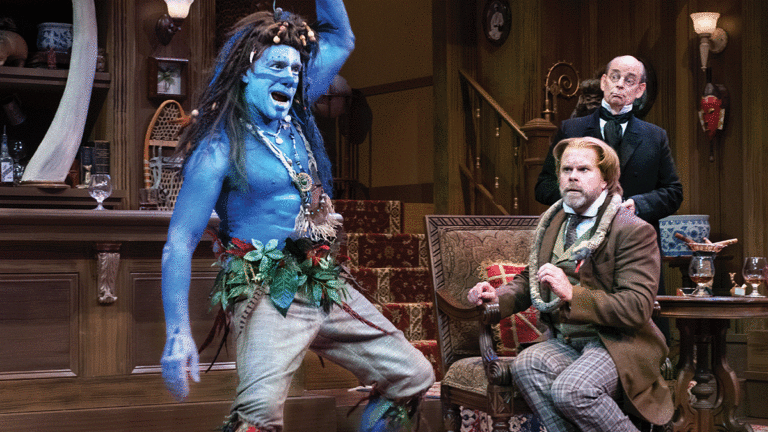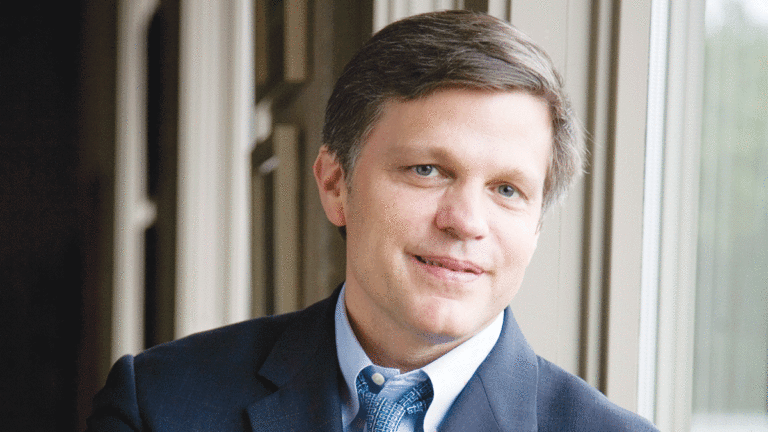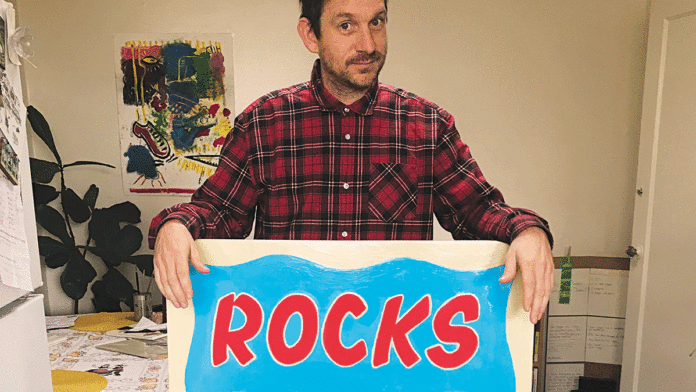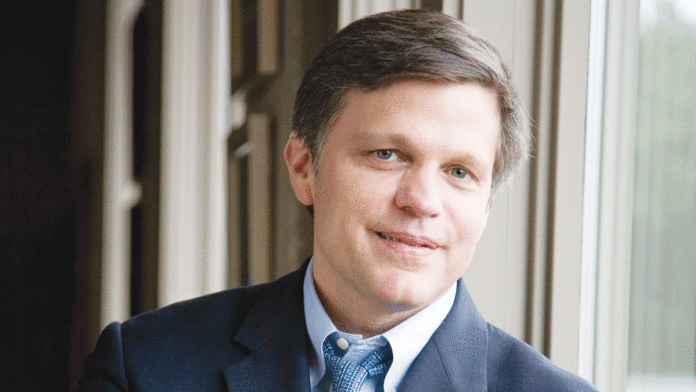Free will astrology for the week of May 15, 2019
ARIES (March 21-April 19): According to humorist Dave Barry, “The method of learning Japanese recommended by experts is to be born as a Japanese baby and raised by a Japanese family, in Japan.” As you enter an intensely educational phase of your astrological cycle, I suggest you adopt a similar strategy toward learning new skills and mastering unfamiliar knowledge and absorbing fresh information. Immerse yourself in environments that will efficiently and effectively fill you with the teachings you need. A more casual, slapdash approach just won’t enable you to take thorough advantage of your current opportunities to expand your repertoire.
TAURUS (April 20-May 20): I think it’s time for a sacred celebration—a blow-out extravaganza filled with reverence and revelry, singing and dancing, sensual delights, and spiritual blessings. What is the occasion? After all these eons, your lost love has finally returned. And who exactly is your lost love? You! You are your own lost love! Having weaved and wobbled through countless adventures full of rich lessons, the missing part of you has finally wandered back. So give yourself a flurry of hugs and kisses. Start planning the jubilant hoopla. And exchange ardent vows, swearing that you’ll never be parted again.
GEMINI (May 21-June 20): The Louvre in Paris is the world’s biggest art museum. Over 35,000 works are on display, packed into 15 acres. If you wanted to see every piece, devoting just a minute to each, you would have to spend eight hours a day there for many weeks. I bring this to your attention, Gemini, because I suspect that now would be a good time for you to treat yourself to a marathon gaze-fest of art in the Louvre—or any other museum. For that matter, it’s a favorable phase to gorge yourself on any beauty anywhere that will make your soul freer and smarter and happier. You will thrive to the degree that you absorb a profusion of grace, elegance and loveliness.
CANCER (June 21-July 22): In my astrological opinion, you now have a mandate to exercise your rights to free speech with acute vigor. It’s time to articulate all the important insights you’ve been waiting for the right moment to call to everyone’s attention. It’s time to unearth the buried truths and veiled agendas and ripening mysteries. It’s time to be the catalyst that helps your allies to realize what’s real and important, what’s fake and irrelevant. I’m not saying you should be rude, but I do encourage you to be as candid as is necessary to nudge people in the direction of authenticity.
LEO (July 23-Aug. 22): During summer in the far northern land of Alaska, many days have 20 hours of sunlight. Farmers take advantage of the extra photosynthesis by growing vegetables and fruits that are bigger and sweeter than crops grown further south. During the Alaska State Fair every August, you can find prodigies like 130-pound cabbages and 65-pound cantaloupes. I suspect you’ll express a comparable fertility and productiveness during the coming weeks, Leo. You’re primed to grow and create with extra verve. So let me ask you a key question: to which part of your life do you want to dedicate that bonus power?
VIRGO (Aug. 23-Sept. 22): It’s time for you to reach higher and dig deeper. So don’t be a mere tinkerer nursing a lukewarm interest in mediocre stories and trivial games. Be a strategic adventurer in the service of exalted stories and meaningful games. In fact, I feel strongly that if you’re not prepared to go all the way, you shouldn’t go at all. Either give everything you’ve got or else keep it contained for now. Can you handle one further piece of strenuous advice, my dear? I think you will thrive as long as you don’t settle for business as usual or pleasure as usual. To claim the maximum vitality that’s available, you’ll need to make exceptions to at least some of your rules.
LIBRA (Sept. 23-Oct. 22): “All human nature vigorously resists grace because grace changes us and the change is painful,” wrote author Flannery O’Connor. I think that’s an observation worth considering. But I’ve also seen numerous exceptions to her rule. I know people who have eagerly welcomed grace into their lives even though they know that its arrival will change them forever. And amazingly, many of those people have experienced the resulting change as tonic and interesting, not primarily painful. In fact, I’ve come to believe that the act of eagerly welcoming change-inducing grace makes it more likely that the changes will be tonic and interesting. Everything I’ve just said will especially apply to you in the coming weeks.
SCORPIO (Oct. 23-Nov. 21): There’s a certain problem that has in my opinion occupied too much of your attention. It’s really rather trivial in the big picture of your life, and doesn’t deserve to suck up so much of your attention. I suspect you will soon see things my way, and take measures to move on from this energy sink. Then you’ll be free to focus on a more interesting and potentially productive dilemma—a twisty riddle that truly warrants your loving attention. As you work to solve it, you will reap rewards that will be useful and enduring.
SAGITTARIUS (Nov. 22-Dec. 21): Author Hélène Cixous articulated a poetically rigorous approach to love. I’ll tell you about it, since in my astrological opinion, you’re entering a phase when you’ll be wise to upgrade and refine your definitions of love, even as you upgrade and refine your practice of love. Here’s Cixous: “I want to love a person freely, including all her secrets. I want to love in this person someone she doesn’t know. I want to love outside the law: without judgment. Without imposed preference. Does that mean outside morality? No. Only this: without fault. Without false, without true. I want to meet her between the words, beneath language.”
CAPRICORN (Dec. 22-Jan. 19): Capricorn author Henry Miller wrote that his master plan was, “to remain what I am and to become more and more only what I am—that is, to become more miraculous.” This is an excellent strategy for your use. The coming weeks will be a favorable time to renounce any tendency you might have to compare yourself to anyone else. You’ll attract blessings as you wean yourself from imagining that you should live up to the expectations of others or follow a path that resembles theirs. So here’s my challenge: I dare you to become more and more only what you are—that is, to become more miraculous.
AQUARIUS (Jan. 20-Feb. 18): London’s British Museum holds a compendium of artifacts from the civilizations of many different eras and locations. Author Jonathan Stroud writes that it’s “home to a million antiquities, several dozen of which were legitimately come by.” Why does he say that? Because so many of the museum’s antiquities were pilfered from other cultures. In accordance with current astrological omens, I invite you to fantasize about a scenario in which the British Museum’s administrators return these treasures to their original owners. When you’re done with that imaginative exercise, move on to the next one, which is to envision scenarios in which you recover the personal treasures and goodies and powers that you have been separated from over the years.
PISCES (Feb. 19-March 20): “I hate it when people tell me that I should ‘get out of my comfort zone,’” writes Piscean blogger Rosespell. “I don’t even have a comfort zone. My discomfort zone is pretty much everywhere.” I have good news for Rosespell and all of you Pisceans who might be inclined to utter similar testimony. The coming weeks will feature conditions that make it far more likely than usual that you will locate or create a real comfort zone you can rely on. For best results, cultivate a vivid expectation that such a sweet development is indeed possible.
Homework: Describe what you’d be like if you were already the person you’ll be five years from now. Write freewillastrology.com.



